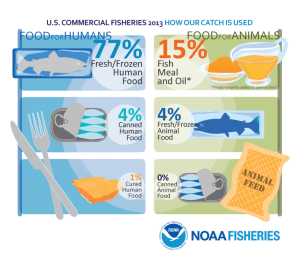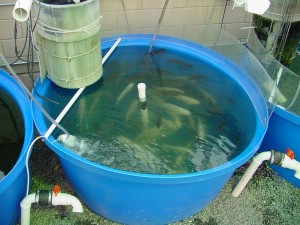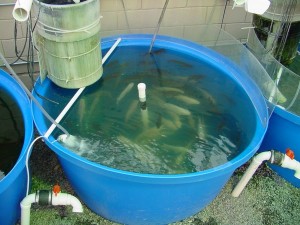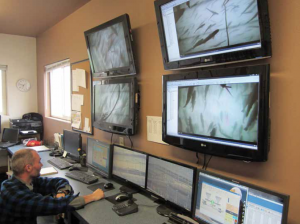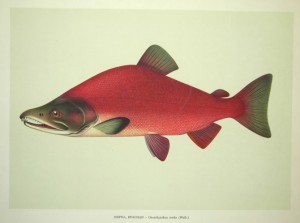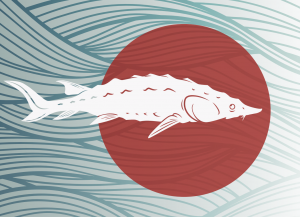

Broadening the Regulated-River Management Paradigm: A Case Study of the Forgotten Dead Zone Hindering Pallid Sturgeon Recovery
ABSTRACT: The global proliferation of dams within the last half century has prompted ecologists to understand the effects of regulated rivers on large-river fishes. Currently, much



